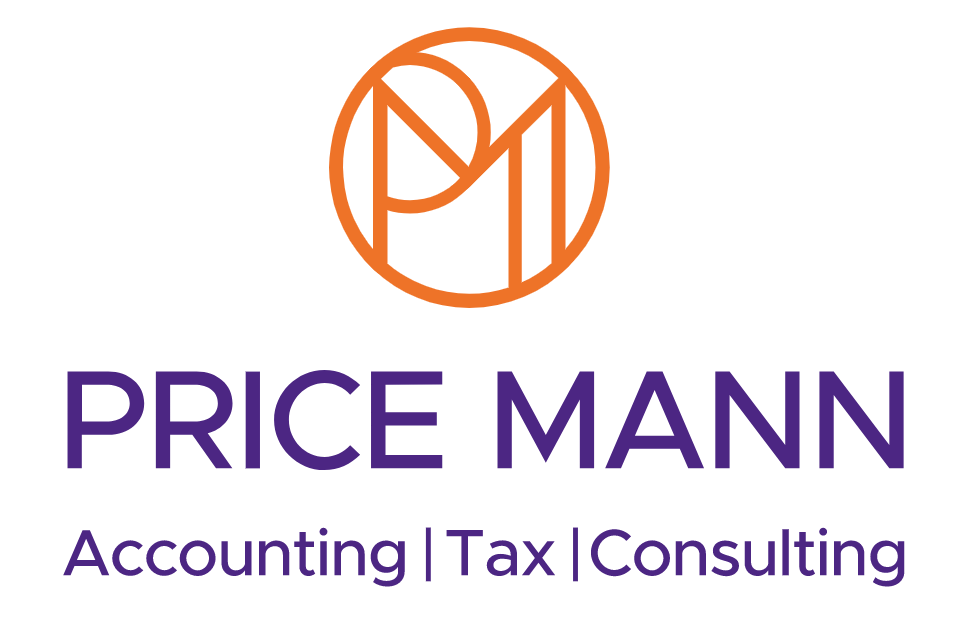Business Update - Oct 2022
Chancellor announces biggest tax cuts in 50 years
The additional tax rate has been scrapped completely by the new Chancellor.
Kwasi Kwarteng has announced the biggest bundle of tax cuts since 1972 in his first fiscal statement as Chancellor.
Income tax, corporation tax and stamp duty make up the majority of the most significant cuts in a bid to promote growth within the economy.
The basic rate of income tax will decrease by 1% to 19% from April 2023, and the 45% additional rate for top earners will be scrapped altogether.
The stamp duty threshold for house-buyers in England and Northern Ireland will be doubled from £125,000 to £250,000, and first-time buyers will not pay stamp duty on homes worth £425,000.
The Chancellor estimated that the energy bill relief scheme, announced earlier in September, would be worth more than £60bn over the next six months from October.
As anticipated, the Government is reversing the 1.25% percentage point increase in National Insurance, effective immediately.
The planned rise in corporation tax will also be scrapped, along with the cap on bankers' bonuses.
The Government will also introduce low-tax investment zones, VAT-free shopping for overseas visitors and tighter rules for people receiving Universal Credit.
Contact us about your taxes.
Bank of England predicts the UK to enter recession this year
The Bank of England (BoE) has predicted that the UK will enter a recession before the end of the year.
The prediction, backed up by the British Chambers of Commerce (BCC), follows consecutive rises in interest rates, with inflation reaching a 40-year high of 10.1% in July.
Although the BoE expects the economy to contract over 2023, the BCC predicts that it will grow slowly over the next year at 0.2%.
Both agree that inflation, as measured by the consumer price index rate, will hit a peak of around 14% in the last quarter of 2022.
The sharp rise in inflation is due to increasing energy costs and supply chain issues following the Covid-19 pandemic and the war in Ukraine.
Alex Veitch, director of policy at the BCC, said:
“We have revised our projected inflation rate upwards by four percentage points to a new high of 14%. Inflation is running rampant, and it is not only impacting the cost of doing business but also the ability of some firms to keep their doors open. Time is fast running out. The Government must step up to the plate and do what is needed to protect businesses, livelihoods and jobs.”
Talk to us about your budget during the fiscal squeeze.
Covid loans scheme hit by over £1bn in suspected fraud
The Government is joining forces with lenders and agencies to tackle the high level of bounce-back scheme fraud cases.
A new report shows that £1.1 billion worth of loans provided through the Government's bounce-back loan scheme (BBLS) have been marked as suspected fraud. The Department for Business, Energy and Industrial Strategy (BEIS) released a document on 5 September on the scheme's performance, with data covering up to 31 July 2022. Data released by the BEIS has confirmed that since September 2020, investigations have only been launched into £160m worth of claims out of the £1.1bn total.
The BBLS provided rapid financial aid to small businesses affected by the Covid-19 pandemic. Applicants were required to self-declare their eligibility criteria for the loans to encourage banks to lend quickly. The large amount of fraud committed against BBLS is thought to have occurred due to the speed and urgency of the scheme's rollout, with some businesses giving false information when filling out their applications.
To date, the scheme has paid out £46.6bn worth of loans, and the Government estimates 500,000 businesses could have permanently ceased trading had the scheme not been in place. Protections were introduced from the start of the scheme to reduce the number of fraudulent claims, and lenders were required to make or maintain various checks to screen applicants.
Lenders reported preventing over £2.2bn worth of fraud from being committed against the scheme as a result of these checks.
The Government says it is working with the British Business Bank, lenders and law enforcement agencies to tackle fraud in BBLS and penalise fraudsters.
In the new report, the department for BEIS said: "It is unfortunate that some have taken the decision to take advantage of this vital intervention by defrauding the scheme for their own financial gain. The Government has always been clear that anyone who sought to do so is at risk of prosecution."
Get in touch to talk about your business.
MTD for VAT penalties begin from November
HMRC has announced that penalties will be issued to those not completing VAT returns through Making Tax Digital (MTD) from 1 November 2022.
Anyone who files a VAT return via a non-electric submission will face penalties of up to £400.
These changes will apply to VAT customers for accounting periods on or after 1 April 2022.
The amount businesses will be fined for not submitting the VAT return through functional compatible software will depend on their annual turnover:
· £100 if turnover is below £100,000;
· £200 if turnover is between £100,000 and £5,600,000 inclusive;
· £300 if turnover is between £5,600,001 and £22,800,000 inclusive; and
· £400 if turnover is £22,800,001 or above.
Between £5 and £15 will be charged per day if businesses do not keep the records required of them digitally in the appropriate software. The same goes for every day the business does not use digital links to transfer or exchange the required data between software when multiple pieces of software are used.
Up to 100% of the VAT owed can also be charged as a result of making a mistake by failing to use ‘checking functions' in the software.













